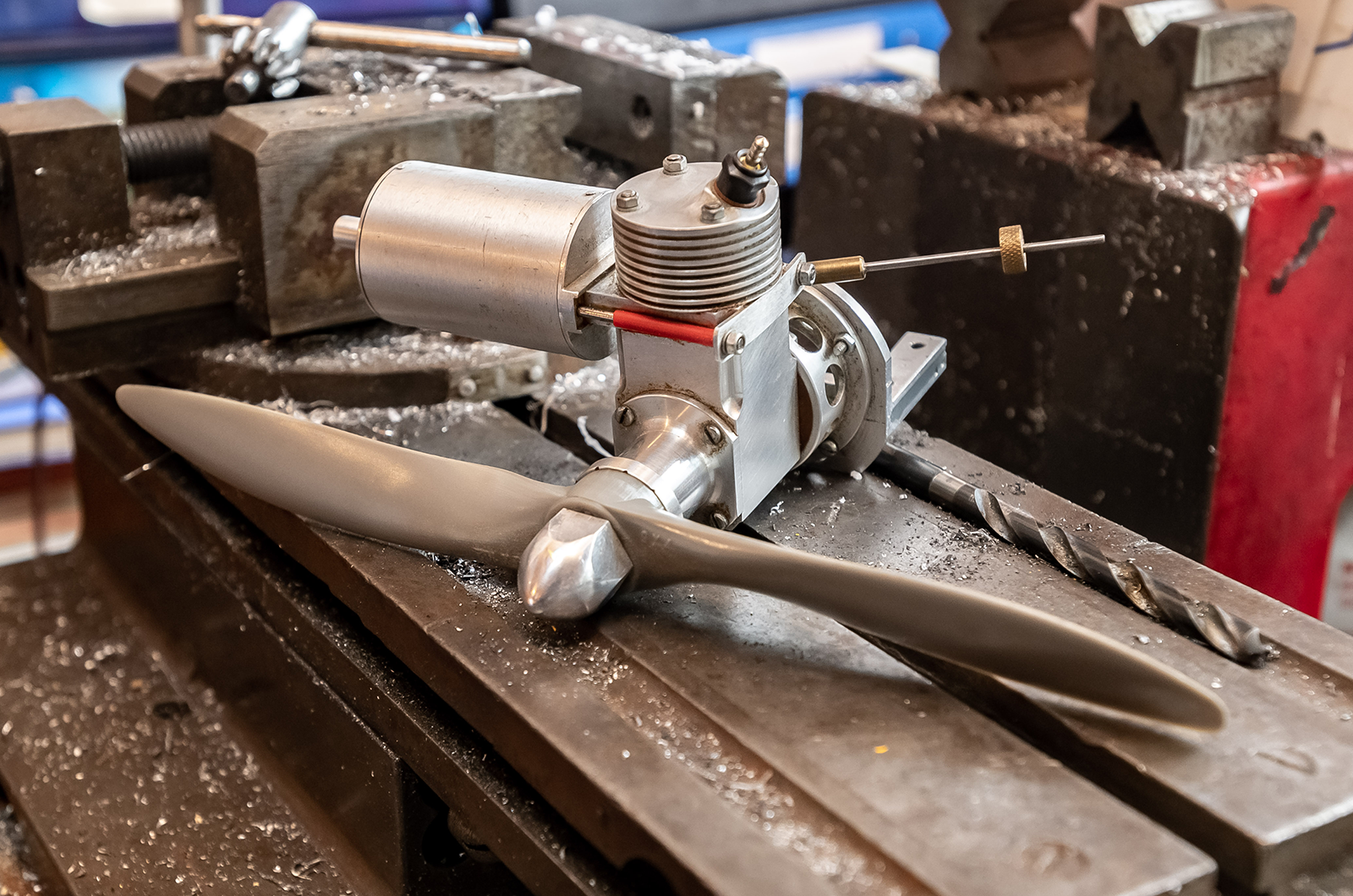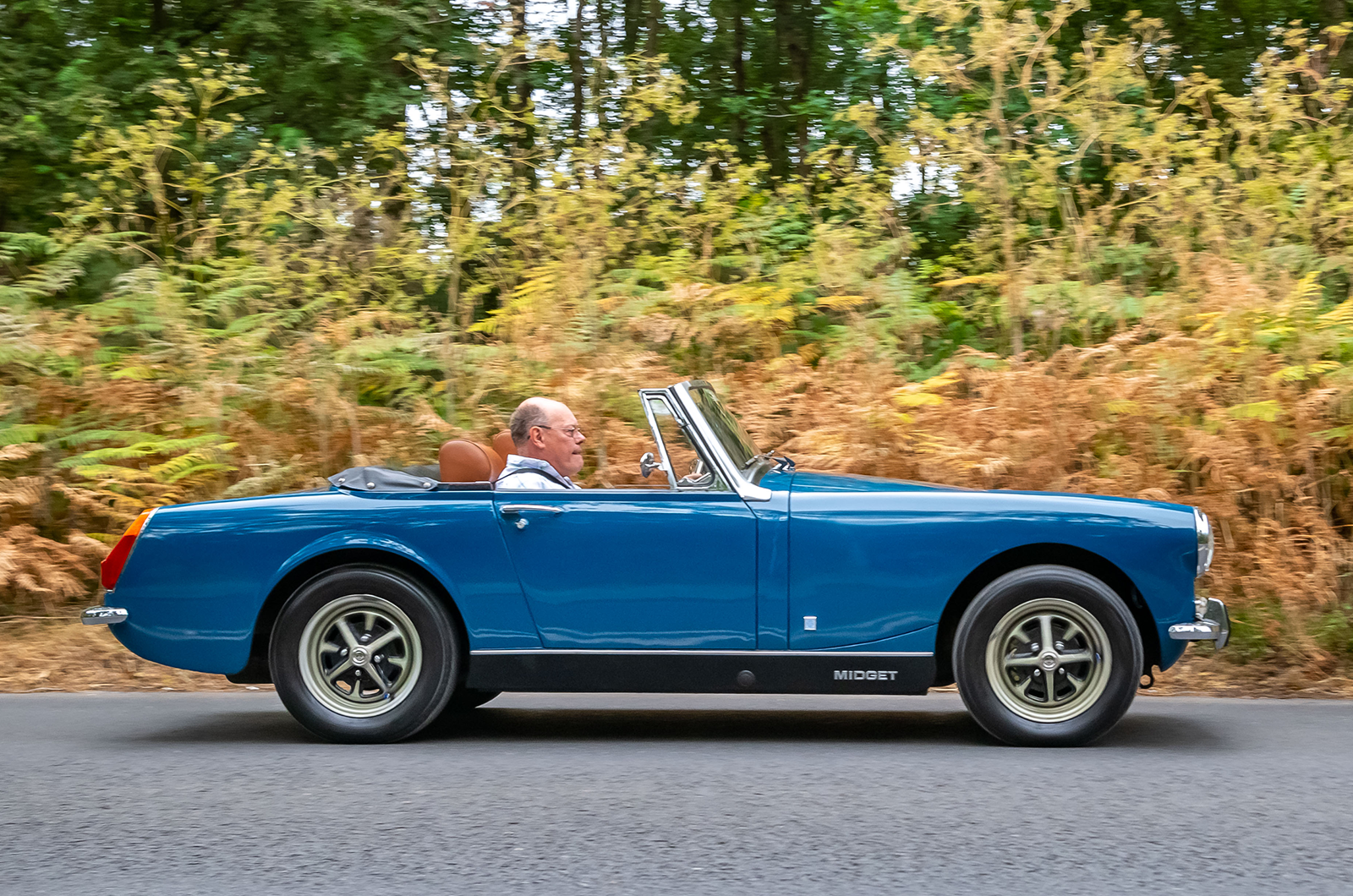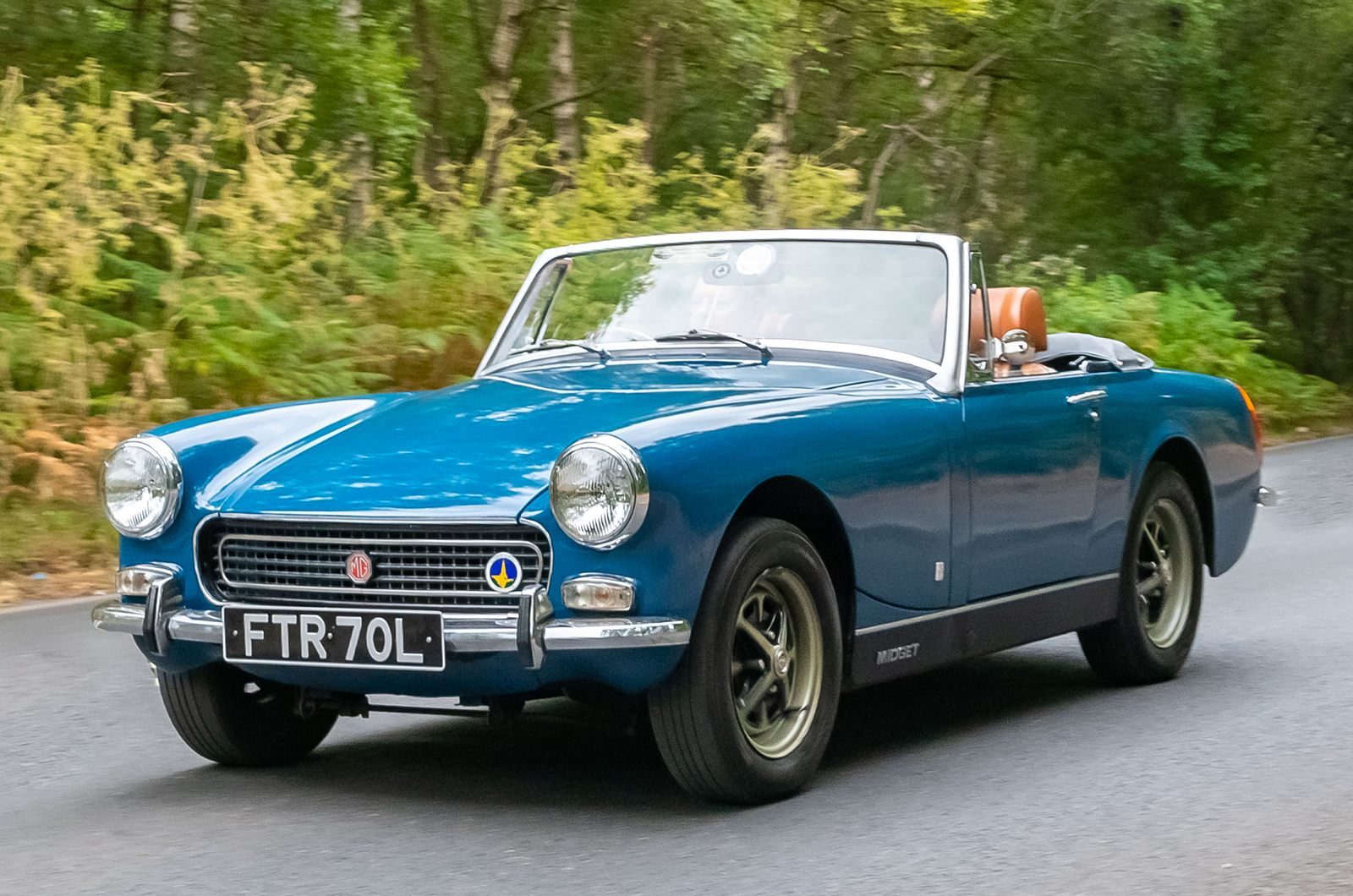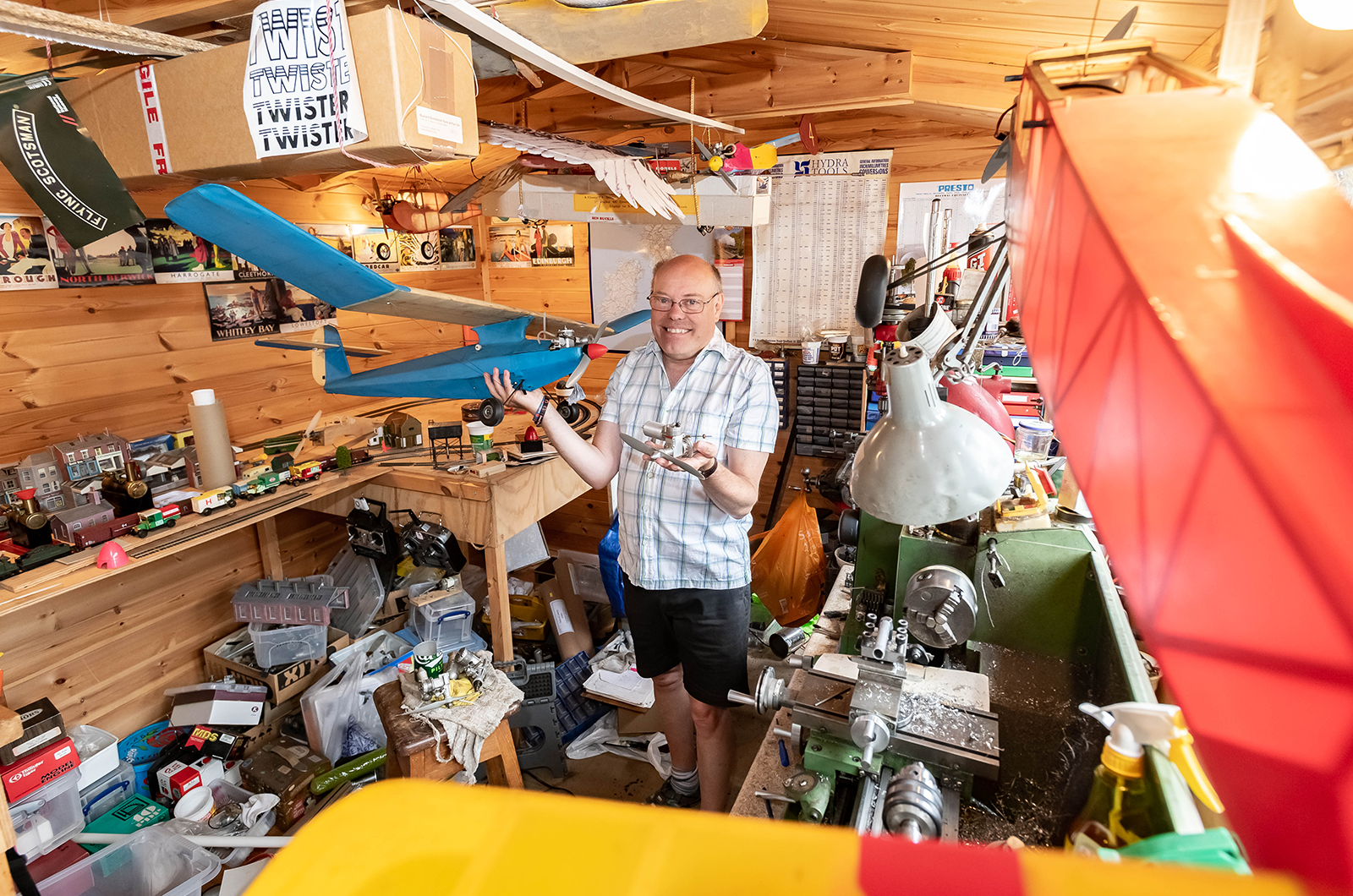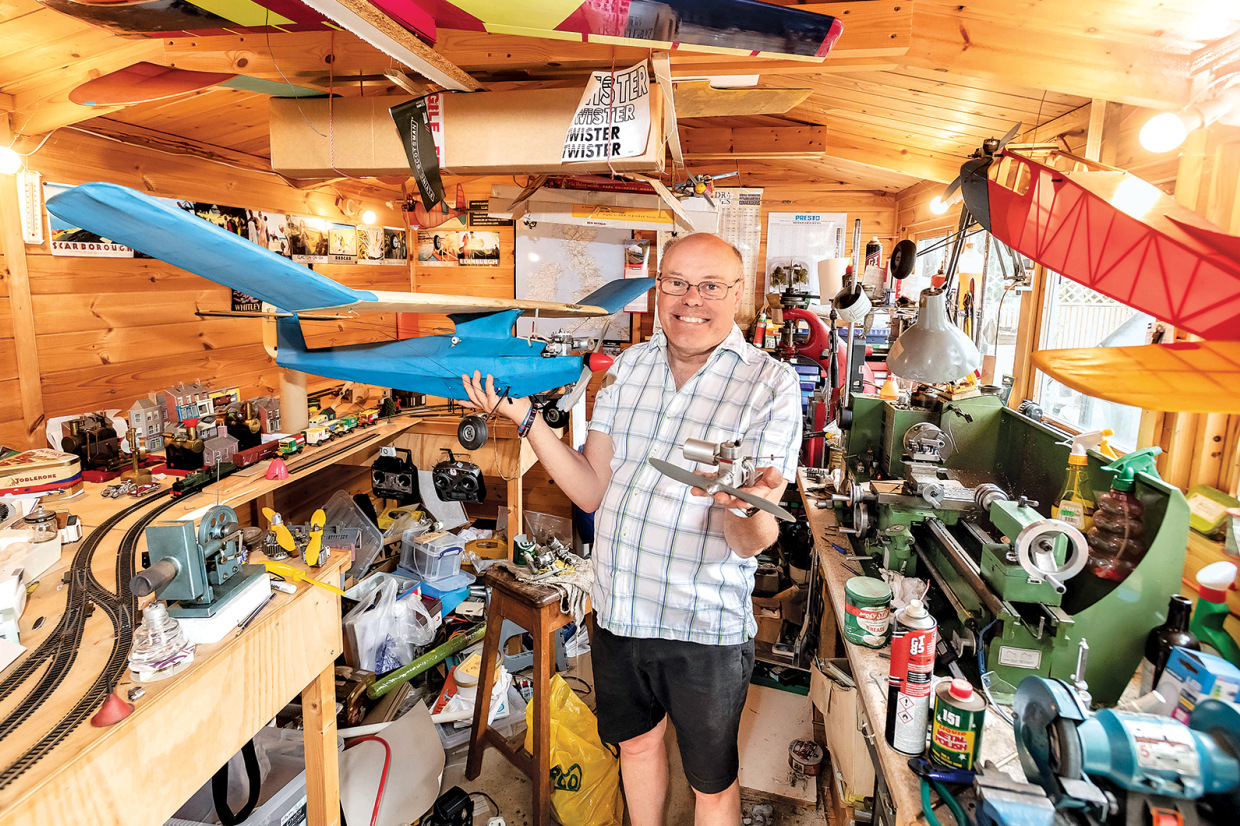
You don’t need to convince John Rounce of the beauty of small things.
Not only has the retired engineer owned his MG Midget since 1976, but he’s spent thousands of hours handcrafting tiny engines for model planes.
By day, John maintained radio and radar systems on passenger jets for AirUK (later KLM uk), then spent his evenings attending metalwork and aero-modelling classes.
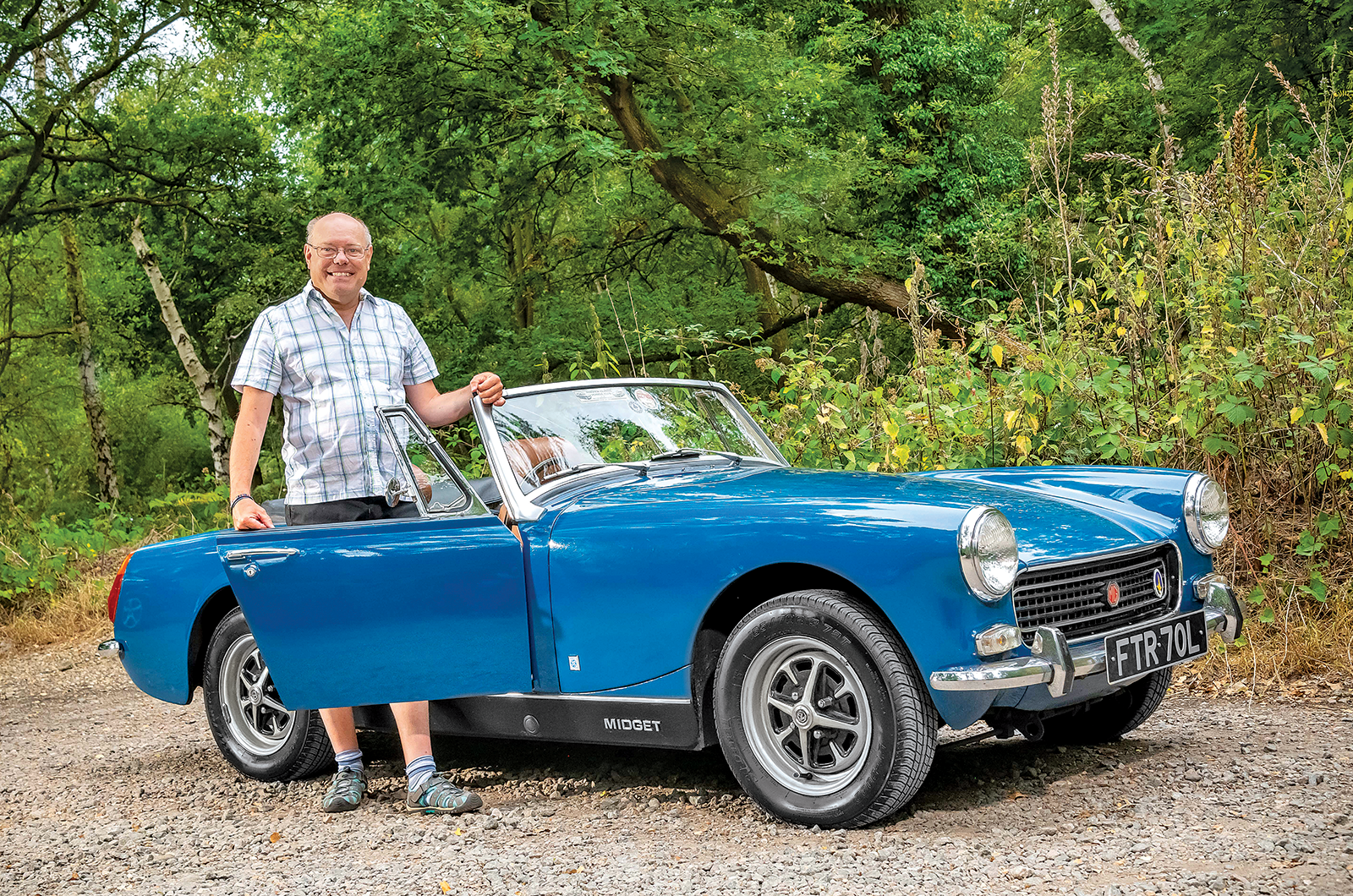
John Rounce’s MG Midget was in daily use between 1976 and 1981
“It started when I was 14 or 15 and went to a model display at the park,” he recalls. “The engines fascinated me from day one – I loved all the noise.
“I went to evening classes to do metalwork, and most people there were doing some sort of model engineering.
“You start to think, ‘I’m going to get a lathe at home and do more of this.’”
We’re chatting in one of his sheds, and there is indeed a lathe, a milling machine and a bench grinder, the tools required to create the 2.5cc, single-cylinder two-strokes needed to give flight to all the model aircraft dotted about the place.
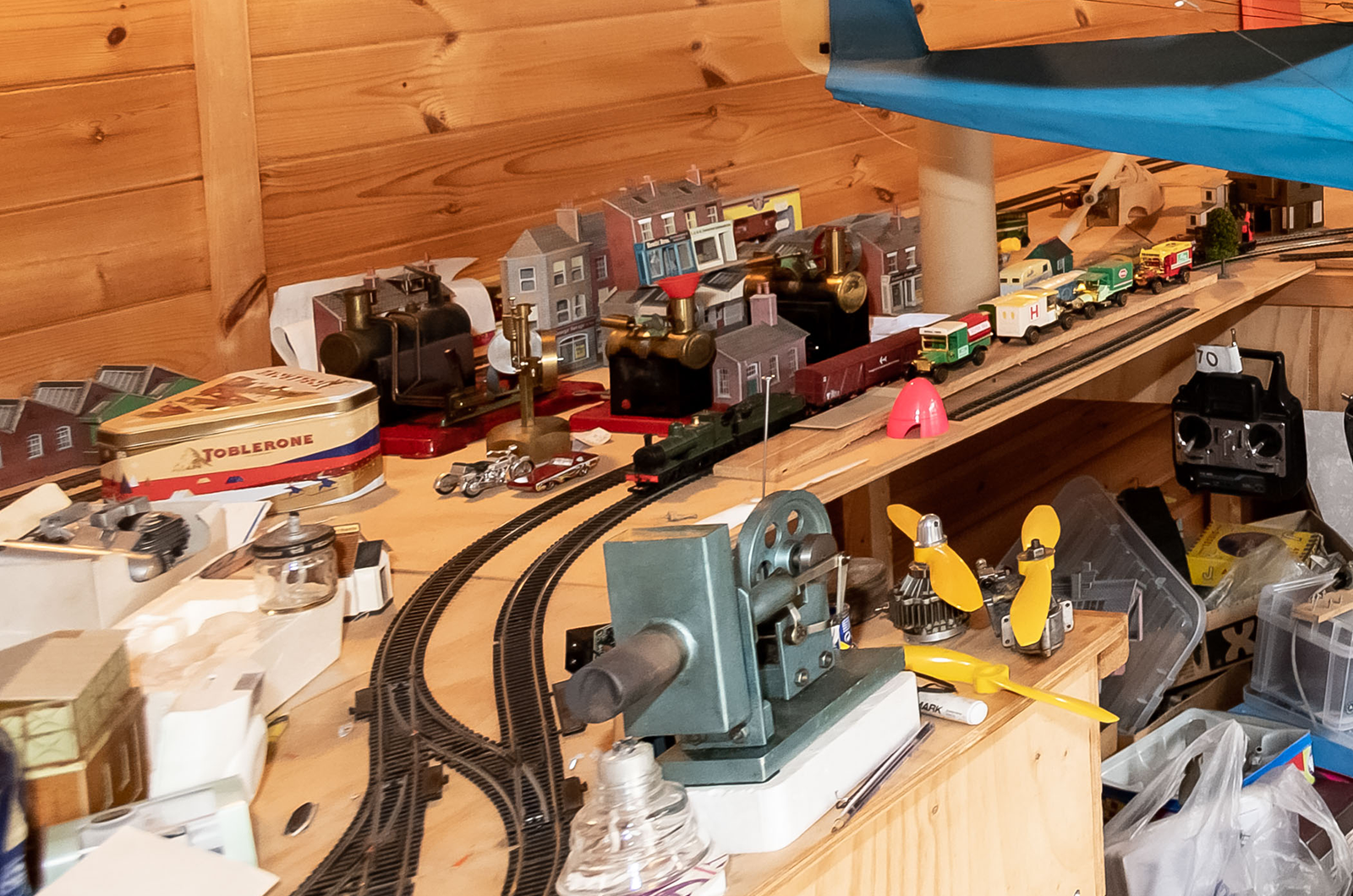
Railways sets share shed space with John’s tiny engines and model planes

